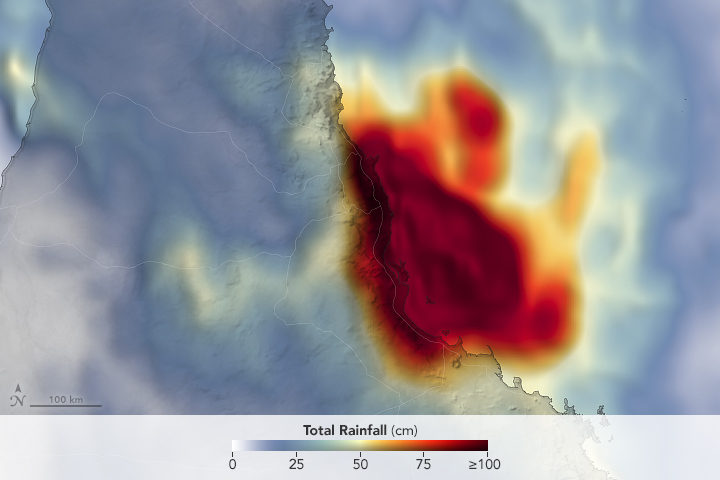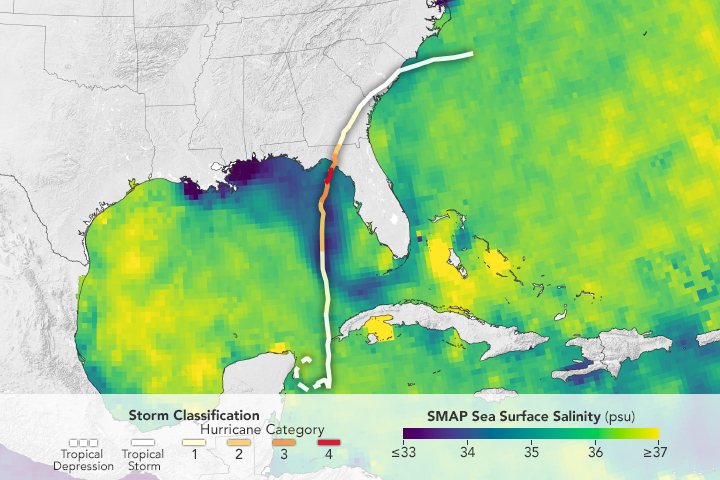



Recent Imagery
You will be directed to the NASA Visible Earth webpage when you select Images by Mission below, or click on the images at right that are randomly generated to represent four out of all possible topics.
The Earth Observer has a new look! Visit the NEW Earth Observer website.
The Earth Observer: Jan - Feb, 2011
In This Issue
Click title below to view page
- Editor’s Corner Front Cover
- Feature Articles
- Goddard DEVELOP Students: Using NASA Remote-sensing Technology to Study the Chesapeake Bay Watershed 4
- Aura Research Highlights from the Annual Science Team Meetings 8
- Taking the A-Train...To New Orleans! 12
- Meeting/Workshop Summaries
- NASA/Esri Remote Sensing and GIS Workshop 24
- The NASA Sounder Science Team Meeting Summary 26
- 2010 Precipitation Measurement Missions (PMM) Science Team Meeting 34
- HyspIRI Science Workshop Summary 38
- Aspen Global Change Institute Workshop on Global Change and the Solar-Terrestrial Environment 43
- In The News
- GOES-13 Satellite Capture Powerful Snowmaker Leaving New England 48
- NASA's Terra Satellite Sees a Snow-Covered Ireland 49
- Mexico Quake Studies Uncover Surprises for California 50
- Regular Features
- NASA Earth Science in the News 52
- NASA Science Mission Directorate – Science Education and Public Outreach Update 54
- Science Calendars 55
Editor's Corner
Steve Platnick, EOS Senior Project Scientist
In our last issue, we reported that from October 25-28, 2010 over 600 people gathered in New Orleans, LA to participate in the second A-Train Symposium. It is fitting that such an event took place in a city well known for its unique blend of culture and style (jazz music, Cajun cuisine, etc.). Similarly, the A-Train blends together a variety of satellite missions—each with its own unique measurements and objectives—to achieve a unique multiplatform scientific observatory. Through careful planning between NASA and its international partners, four1 (eventually seven) missions currently fly in a tight formation, crossing the equator within about a sevenminute window at 1:30 PM (and also 1:30 AM)—and thus referred to as the Afternoon Constellation. New science investigations made possible by A-Train synergy are rapidly advancing our knowledge about a variety of topics important for understanding Earth system science. The symposium was a wonderful opportunity for the community to...
Read more...

